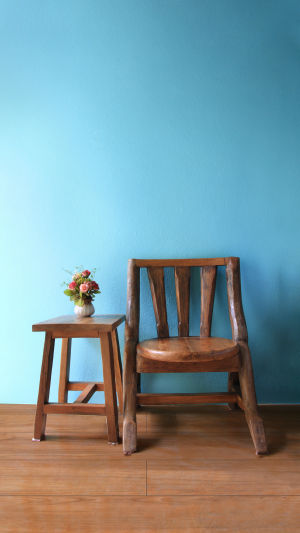Wooden furniture refers to furniture made primarily from wood, wood-based panels, and other wooden materials, excluding decorative parts and accessories. It is a significant category of furniture products that find wide usage in homes, hotels, offices, and various other spaces.
Wooden furniture holds great importance in interior decoration. It not only serves practical functions but also adds a natural and warm ambiance to living spaces. Whether it is tables and chairs, beds, or cabinets and shelves, wooden furniture possesses a unique charm and allure.
The history of wooden furniture dates back to ancient civilizations. Early humans utilized wood for furniture construction due to its workability, strength, and stability. In ancient times, artisans crafted wooden furniture using simple tools and techniques.
Over time, the craftsmanship and techniques involved in making wooden furniture have evolved, resulting in more intricate and elaborate designs.
The production process of modern wooden furniture combines traditional craftsmanship with contemporary machining technology. Firstly, the wood intended for furniture production is carefully selected and treated. Different wood species possess distinct properties and applications, such as oak, walnut, pine, and others.
During furniture manufacturing, wood is typically cut into the desired size and shape, followed by sanding and trimming to ensure smooth surfaces and consistent quality.
Joining techniques employing carpentry tools and equipment are then employed to assemble the final furniture form. Finally, the surface of the furniture is treated with paint, wax, or polish to enhance aesthetics and protect the wood.
Two Factors Affecting Wooden Furniture
1. Natural Beauty: Solid wood furniture products possess unique characteristics since no two trees are identical. The natural attributes of wood, such as mineral lines, color variations, grain patterns, and other natural markings, contribute to the inherent beauty of the furniture.
2. Temperature Effects: Freshly sawn wood typically contains a moisture content exceeding 50%. To process such wood into furniture, it undergoes careful drying to reduce its moisture content to a level suitable for most home environments.
However, wooden furniture continues to exchange moisture with the surrounding air, similar to human skin, as the temperature within a home fluctuates. Wood is porous and contracts when exposed to dry air due to moisture loss.
Conversely, it expands slightly and absorbs moisture when the relative temperature rises. Nevertheless, these natural and minor changes do not affect the stability and durability of the furniture.
Maintenance Methods
1. Sun Exposure: Avoid prolonged exposure of solid wood furniture to direct sunlight. Excessive exposure can cause rapid evaporation of moisture within the furniture, leading to cracks. Additionally, position the furniture away from heat sources in the home, such as stoves, heaters, and other high-temperature areas.
2. Moisture Avoidance: Ensure that the furniture is not placed in excessively humid environments, as excessive moisture can promote mold growth.
3. Regular Cleaning: It is essential for owners to regularly wipe and clean the furniture with a soft cloth. This practice helps maintain optimal humidity levels within the furniture. Generally, a humidity range of 35% to 45% is preferable, as it prevents both excessive moisture-related mold growth and excessive dryness-induced cracking.
Wooden furniture stands as a timeless and versatile choice for enhancing the aesthetics and functionality of living spaces. Its rich history, unique characteristics, and the ability to evoke warmth and natural beauty make it a popular option across various settings.
By following proper maintenance practices, one can ensure the longevity and enduring appeal of wooden furniture.





